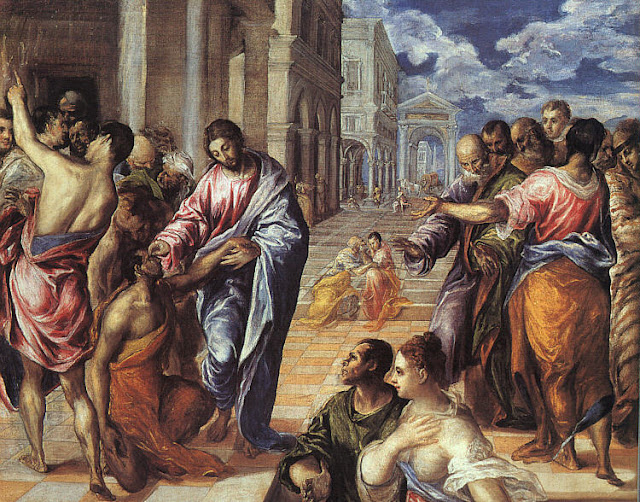The Pilgrim of Bordeaux made his way to the Holy Land visiting various sites including Jericho.
The subject account came from a medieval text called the Bordeaux Itinerary or in Latin Itinerarium Burdigalense. Itineraries either serve as journals or notes of the travelers or a travel guide to others during the later years of the Roman Empire and the Medieval Age. Thus, this type of text provided description of the life and conditions of Mediterranean world. The Bordeaux Itinerary served as one of the oldest example of such literature and detailed the travels of a pilgrim from 333 to 334 traversing Italy, Constantinople, and then the Levant. Below is the account of the pilgrim during his visit of Jericho.
The subject account came from a medieval text called the Bordeaux Itinerary or in Latin Itinerarium Burdigalense. Itineraries either serve as journals or notes of the travelers or a travel guide to others during the later years of the Roman Empire and the Medieval Age. Thus, this type of text provided description of the life and conditions of Mediterranean world. The Bordeaux Itinerary served as one of the oldest example of such literature and detailed the travels of a pilgrim from 333 to 334 traversing Italy, Constantinople, and then the Levant. Below is the account of the pilgrim during his visit of Jericho.
Coming down the mountain on the right hand side behind the tomb is a sycamore tree, in which Zacchaeus went up and he saw Christ.
From the city, about a mile and a half off, there is the fountain of the prophet Elisha.
Before, if any woman drank from that water, she would not have children.
Alongside is the clay vessel of Elisha, he put salt in it and he came and he stood above the water and he said: Thus said the Lord, he has cleaned these waters (2 Kings 2:21).
If some woman drinks from it, she has sons.
Above the fountain as you go along is the house of Rahab the prostitute, to whom the explorers went in and she hid them, when Jericho was overturned, she alone escaped.
There was the city of Jericho was, around whose walls the Israelites went with the Ark of the Covenant and the walls fell down.
From that nothing is left of the place, where the Ark of the Covenant was, but twelve stones which the Israelites carried across the Jordan.
There also Joshua son of Nun circumcised the Israelites. And he buried their foreskins.
Bibliography:
Jacobs, Andrew S. “The Bordeaux Pilgrim (c. 333 C.E.).”
andrewjacobs.org. Accessed on June 13, 2020. URL: http://andrewjacobs.org/translations/bordeaux.html
Bechtel, Florentine. "Itineraria." The Catholic Encyclopedia.
Vol. 8. New York: Robert Appleton Company, 1910. Accessed June 28, 2020. URL: http://www.newadvent.org/cathen/08254a.htm




.jpg)
.JPG)
No comments:
Post a Comment
Note: Only a member of this blog may post a comment.